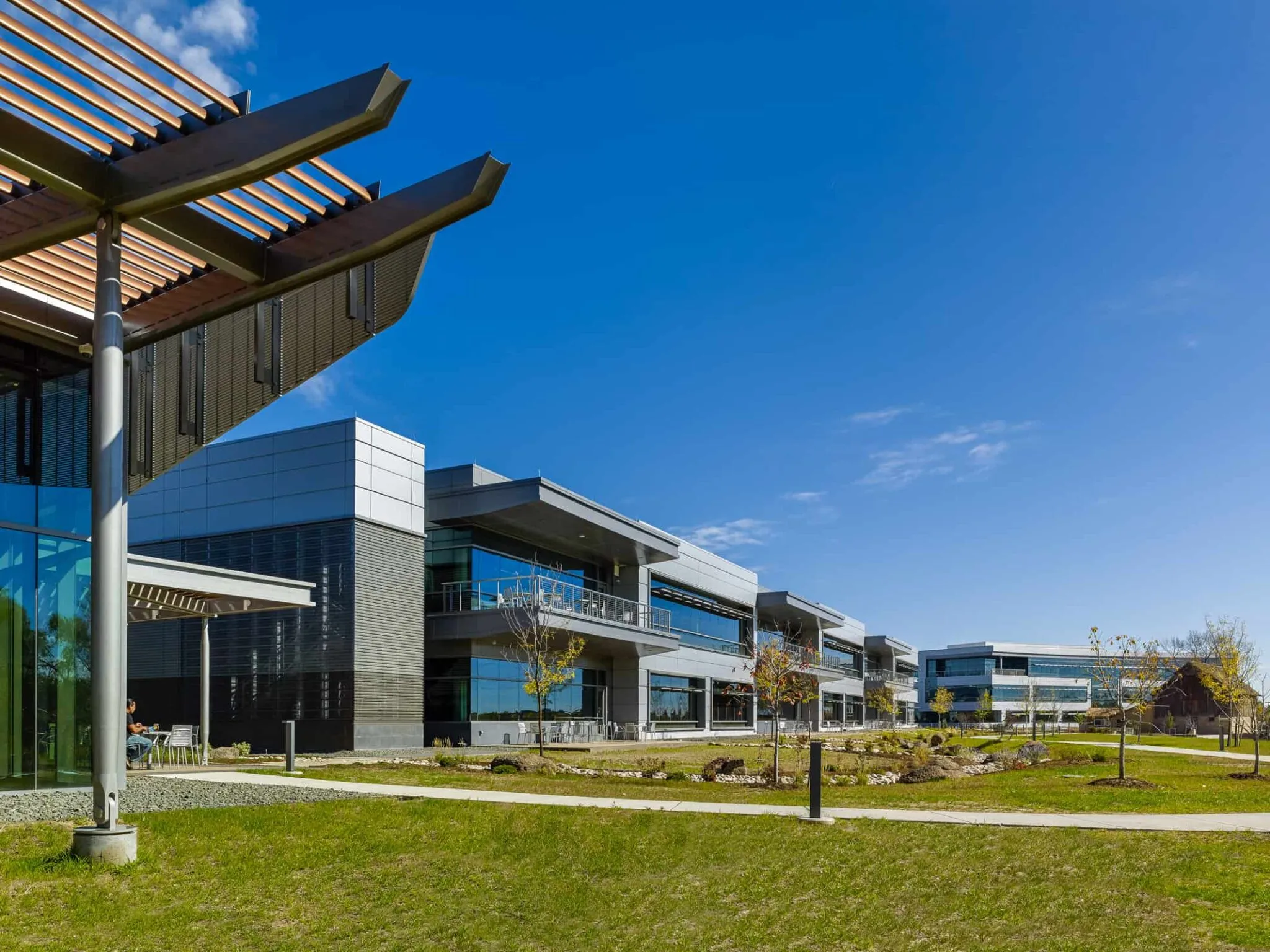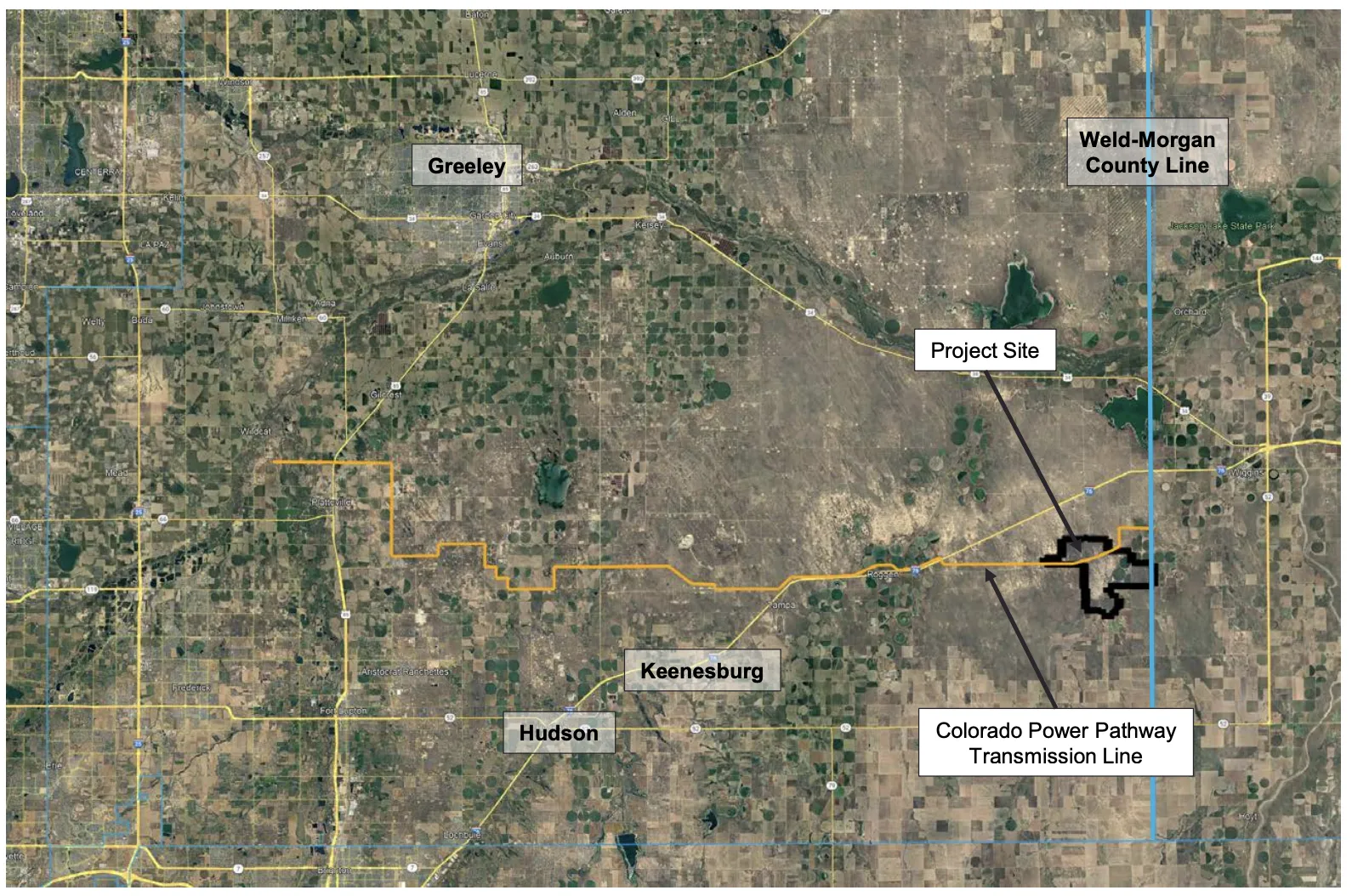Confluence: Colorado River depletion weighs on multi-state region
LOVELAND — A century after adoption of the Colorado River Compact, drought, diminished flows and rapidly expanding usage threaten not only the Western Slope and other states, but also communities in Northern Colorado.
That was the message at the Water Law panel at BizWest’s Confluence — Colorado Water Summit Thursday at the Embassy Suites in Loveland.
Kyle Whitaker, water rights manager for the Northern Colorado Water Conservancy District, said the Colorado River basin affects a broad region, including Northern Colorado.
The Colorado River Compact divided the river into two basins: the Upper Basin, which includes Colorado, New Mexico, Utah and Wyoming, and the…
THIS ARTICLE IS FOR SUBSCRIBERS ONLY
Continue reading for less than $3 per week!
Get a month of award-winning local business news, trends and insights
Access award-winning content today!





